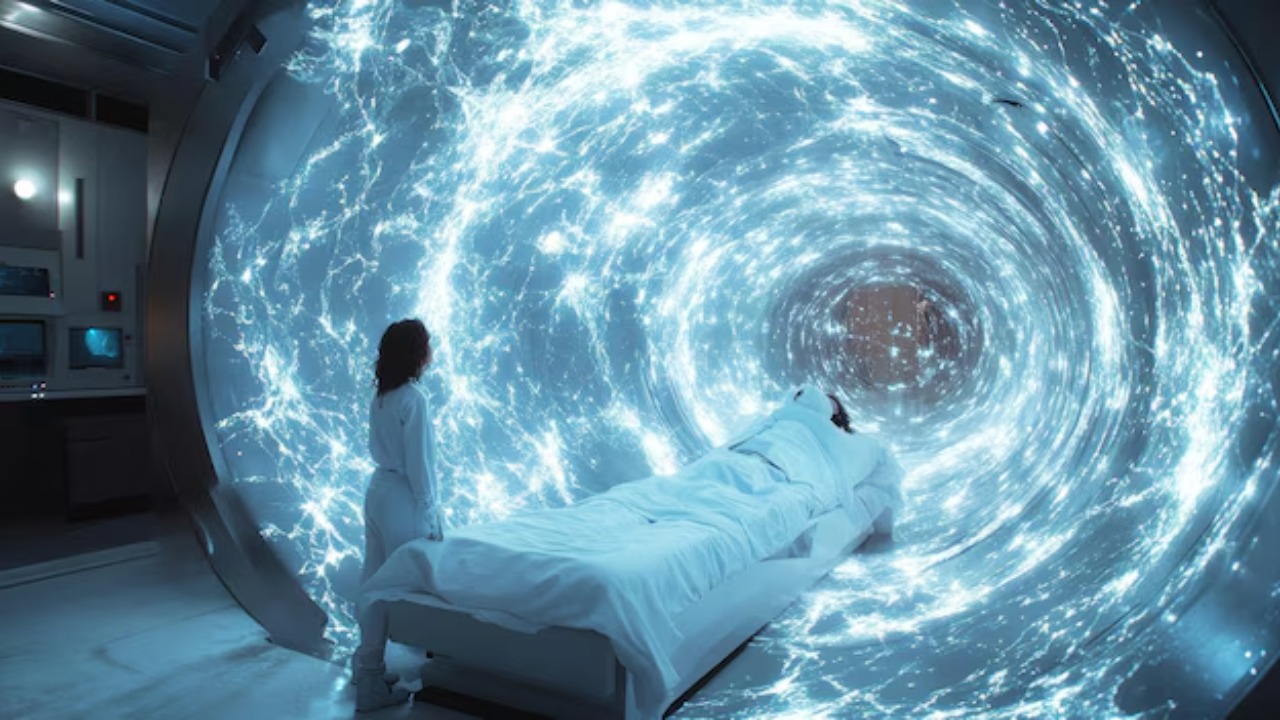
Scientists are making significant strides toward developing technology that could enable human hibernation. Inspired by the natural hibernation processes observed in certain animals, researchers are exploring this groundbreaking concept for applications in medicine and space travel. Recent advancements in this field hold the promise of revolutionizing how we approach long-duration space missions and critical medical care.
Understanding Hibernation: A Natural Phenomenon

The Biological Mechanisms of Animal Hibernation
Hibernation is a fascinating biological process that allows certain animals to survive in harsh environmental conditions by significantly reducing their metabolic rate. This reduction in metabolism helps conserve energy, allowing animals to endure long periods without food. During hibernation, heart rates and body temperatures drop, enabling survival in extreme cold. The ability to enter this state is crucial for species like bears and hedgehogs, who rely on fat reserves built up during active months.
Scientists have long studied these mechanisms, seeking to understand how such metabolic feats are achieved. The insights gained from these studies are now being used as a foundation for research into human hibernation. By mimicking these natural processes, researchers hope to develop technologies that can induce similar states in humans.
Differences Between Torpor and True Hibernation
It’s important to distinguish between torpor and true hibernation, as they are often confused. Torpor is a short-term state of reduced metabolic activity, usually lasting for hours or days. It is observed in animals like hummingbirds and bats, which enter torpor to save energy during cold nights or food shortages. True hibernation, on the other hand, is a long-term state that can last for weeks or months, as seen in animals like ground squirrels and certain bear species.
Understanding these differences is crucial for researchers attempting to replicate these states in humans. By identifying the triggers and biological changes associated with each process, scientists can better design experiments and technologies aimed at achieving human hibernation.
Scientific Advances in Inducing Hibernation in Humans

Recent Breakthroughs in Hibernation Research
Several recent breakthroughs have brought us closer to the possibility of human hibernation. In one key study, researchers successfully induced a hibernation-like state in non-hibernating animals, marking a significant milestone in the field. These experiments have demonstrated that it is possible to manipulate metabolic processes and induce states resembling hibernation in species that do not naturally undergo it.
Institutions around the world are actively pursuing this line of research, with promising results. For instance, scientists are exploring the use of chemical agents and genetic techniques to trigger hibernation-like states. Such innovations could pave the way for human trials in the near future.
Potential Technologies for Human Application
As research progresses, several potential technologies for inducing hibernation in humans are emerging. One promising approach involves the use of chemical agents that can manipulate metabolism at a cellular level. By targeting specific pathways, these agents could hypothetically induce a controlled state of metabolic slowdown.
Another area of exploration is the use of cooling techniques and controlled hypothermia. By carefully reducing body temperature, it may be possible to mimic the natural hibernation process. These methods, combined with chemical interventions, could one day make human hibernation a reality.
Applications of Human Hibernation Technology

Medical Benefits and Possibilities
The potential medical applications of human hibernation technology are vast. One of the most promising prospects is in trauma and critical care. By extending the “golden hour”—the crucial time period immediately following a traumatic injury—hibernation technology could improve survival rates and outcomes. Additionally, the ability to induce a hibernation-like state could revolutionize organ transplantation by preserving organs for longer periods, increasing their viability and reducing the risk of rejection.
Space Exploration and Long-Duration Missions
Human hibernation could also transform the future of space travel. For long-duration missions to Mars and beyond, reducing the resource needs of astronauts is crucial. By placing crew members in a hibernation-like state, the requirements for food, water, and oxygen could be significantly reduced, making these missions more feasible and cost-effective.
Furthermore, the psychological and physiological benefits of hibernation during deep-space travel are noteworthy. By minimizing the stresses of prolonged confinement and isolation, hibernation could help maintain the mental and physical wellbeing of astronauts during extended missions. According to recent projections, trials for astronaut hibernation could be possible within the next decade.
Challenges and Ethical Considerations

Safety and Long-Term Effects on Human Health
Despite the potential benefits, significant challenges and ethical considerations remain. The safety and long-term effects of induced hibernation on human health are still largely unknown. Prolonged hibernation may pose risks such as muscle atrophy, bone density loss, and potential impacts on mental health. Addressing these risks is crucial before any widespread application can be considered.
Ethical concerns also arise when considering human hibernation trials. The potential consequences of such technology on individuals and society must be carefully evaluated, ensuring that trials are conducted with the highest ethical standards and consent protocols.
Addressing Societal and Ethical Implications
The societal implications of human hibernation technology extend beyond immediate medical and space applications. If widely adopted, it could impact population dynamics and resource distribution, raising questions about justice and equity. Moreover, the development of legal and ethical frameworks to regulate the use of hibernation technology is essential to prevent misuse and ensure responsible deployment.
Future Directions and Prospects

Timeline and Next Steps in Research
Looking ahead, the timeline for achieving practical human hibernation is still uncertain, but the field is advancing rapidly. Collaborative efforts across scientific disciplines and nations are crucial to overcoming the challenges and realizing the potential of this technology. Projections suggest that significant breakthroughs could occur within the next few decades, paving the way for practical applications.
Public Perception and Acceptance
As with any emerging technology, public perception and acceptance will play a vital role in the development and deployment of human hibernation. Understanding and addressing public opinion, as well as educating people about the science and possibilities, are essential. By engaging with the public and dispelling misconceptions, researchers and policymakers can foster an informed and supportive environment for future advancements.